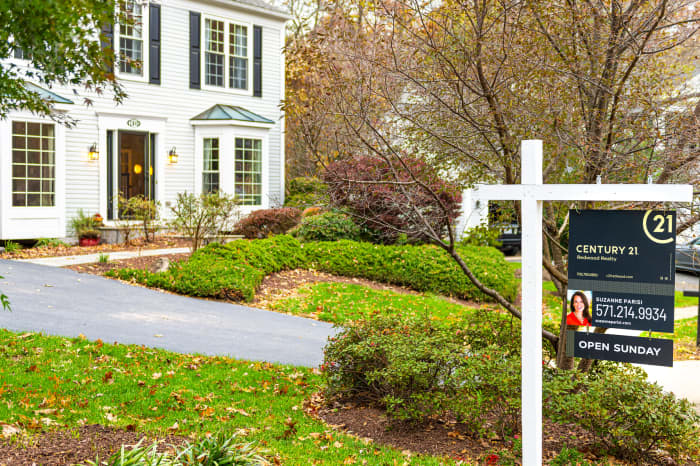
Here’s where housing is relatively affordable.
Getty Images
Home prices have skyrocketed in recent years, with CoreLogic revealing in its latest report that home prices grew by 20.9% year over year in April 2022, marking the 123rd month of price gains. Mortgage interest rates have been rising too, with some pros saying we’ll see more to come (you can see the lowest mortgage rates you may qualify for here.) And for its part, mortgage technology and data provider Black Knight concluded in a recent report: “Housing is now within a whisper of the record low affordability seen at the peak of the market in 2006.”
These affordability issues have, no doubt, led many homebuyers to wonder: How can I ever afford a house in my home city? For many, the answer is: you can’t. But we dug into data from Black Knight to look for metropolitan areas where housing affordability is actually greater now than it has been based on historical averages.
There are only three markets out of 100 that are more affordable to residents now, than they were on average from 1995-2003: Chicago; McAllen, Texas; and, Des Moines. (The company measures housing affordability using payment-to-income ratio, which looks at the share of the metro area’s median income needed to make the monthly principal and interest payment on the purchase of the average-priced home using a 20% down, 30-year fixed mortgage.)
Black Knight also looked at areas where the payment-to-income ratio was lowest — which is an indication that housing is relatively affordable to residents. Here are the results:
10 of the most affordable major housing markets
| City | Payment-to-income ratio |
| Milwaukee, WI | 24.5% |
| Louisville, KY | 23.9% |
| Pittsburgh, PA | 23.3% |
| Chicago, IL | 23.3% |
| Rochester, NY | 23.2% |
| Cleveland, OH | 22.8% |
| Cincinnati, OH | 22.8% |
| Kansas City, MO | 22.4% |
| Detroit, MI | 22.1% |
| St. Louis, MO | 21.4% |
Housing in areas like St. Louis, Cincinnati, Chicago and Louisville tends to be more affordable partly because those markets are powered more locally, says Realtor.com chief economist Danielle Hale. “The Illinois markets, in particular, have a lot of local home shoppers as opposed to attracting home buyers from out of the area,” says Hale. (You can see the lowest mortgage rates you may qualify for here.)
You’ll notice a big difference between the payment-to-income ratios from the most and least affordable metro areas. “So far, the affordability gap remains wide between the priciest and cheapest markets,” says Bankrate analyst Jeff Ostrowski. “On the supply side, coastal markets have geographic constraints on buildable land compared to inland cities where suburban development can keep sprawling outward. The priciest markets also tend to impose stricter regulations on new construction than the less expensive metro areas,” says Ostrowski.
10 of the least affordable major housing markets
| City | Payment-to-income ratio |
| Los Angeles, CA | 69.6% |
| San Jose, CA | 65.0% |
| San Diego, CA | 63.8% |
| San Francisco, CA | 58.1% |
| Las Vegas, NV | 50.8% |
| Seattle, WA | 48.7% |
| Riverside, CA | 45.8% |
| Sacramento, CA | 44.9% |
| Phoenix, AZ | 44.5% |
| Miami, FL | 44.2% |
“Even compared to incomes, housing in these big cities is pricey. That’s at least in part because these areas are desirable and attract not only homeowner buyers, but also investors and second-home buyers who seek out the jobs, culture and cache that these cities offer. Shoppers are willing to pay a premium to be in these areas,” says Hale.
What’s more, “any of the markets with the least affordable housing have seen strong population growth and thus more demand for housing, while Midwest markets haven’t had as many people moving in, helping keep homes relatively affordable,” says Zillow economist Nicole Bachaud.
Source: https://www.marketwatch.com/story/housing-is-now-within-a-whisper-of-the-record-low-affordability-levels-from-2006-but-in-these-3-markets-housing-is-actually-more-affordable-than-its-historical-average-11655395320?siteid=yhoof2&yptr=yahoo
